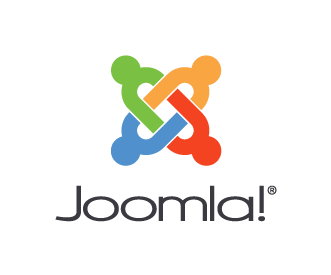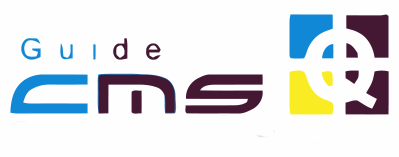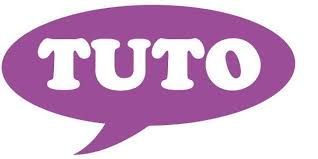
Joomla! : Detailed Technical Description
📅 Release Date
Joomla! was first released on August 17, 2005, as a fork of Mambo.
📝 License
Joomla! is open-source software licensed under the GNU General Public License (GPL) v2 or later.
💻 Programming Language
Joomla! is primarily developed in PHP.
🏛️ Architecture
Joomla! follows an Model-View-Controller (MVC) architecture.
It relies on its internal framework, the Joomla Framework, which allows developers to create extensions and standalone applications.
📂 Database Support
- MySQL (5.6+)
- PostgreSQL (9.4+)
- MariaDB (10.1+)
- SQLite (experimental)
⚙️ Main Features
✅ Content Management System (CMS): Flexible article organization with a category system.
✅ Advanced User Management: Customizable access rights and roles (ACL).
✅ Templates and Themes: Template system for design customization.
✅ Extensions: Modules, components, and plugins to add functionalities.
✅ Built-in Multilingual Support: No need for additional plugins.
✅ SEO-Friendly: URL rewriting, meta tags, and search engine optimization features.
🔥 Advanced Features
🚀 Efficient caching system to improve speed.
🔗 Advanced menu management with multiple levels and link types.
📊 Statistics and reporting for performance tracking.
🔌 REST API for integration with other applications.
📦 Built-in update system for Joomla and its extensions.
👥 Community support with extensions like forums and social networks.
🔐 Security
🔹 Two-Factor Authentication (2FA)
🔹 Protection against SQL injections and XSS attacks
🔹 Regular updates and security patches
🔹 Built-in HTTPS support
🔹 Access Control List (ACL) to manage user permissions
✅ Pros and Cons
✅ Pros
✔️ Flexible and modular: Wide range of extensions and templates.
✔️ Active community: Support and frequent updates.
✔️ Native multilingual support: No extra plugins needed.
✔️ Balanced between WordPress and Drupal: More powerful than WordPress, simpler than Drupal.
✔️ Secure and reliable: Regular updates to patch security vulnerabilities.
❌ Cons
❌ Steeper learning curve than WordPress for beginners.
❌ Fewer extensions than WordPress (but more secure).
❌ Major updates may require adjustments for extensions and templates.
❌ More resource-intensive than lighter CMS options.
🌐 Official Website
Would you like more details on a specific aspect?



